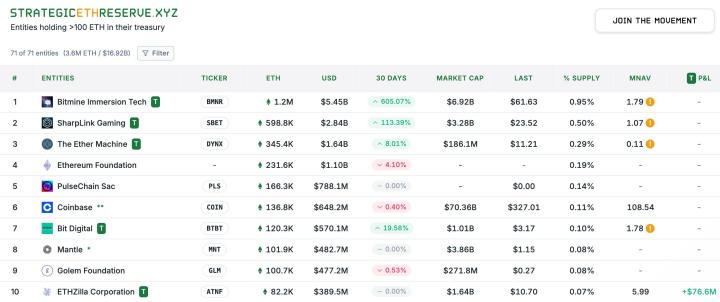Written by: TechFlow
Stablecoins have undoubtedly been the hot topic in the crypto market over the past week.
With the US GENIUS Stablecoin Bill passing the Senate procedural vote and the Hong Kong Legislative Council passing the Stablecoin Regulation Bill at third reading, stablecoins have now become an important variable in the global financial system.
In the United States, the future development of stablecoins not only concerns the prosperity of the digital asset market but may also have far-reaching implications for government bond demand, bank deposit liquidity, and US dollar hegemony.
A month before the GENIUS Bill passed, the US Treasury's "think tank" - the Treasury Borrowing Advisory Committee (TBAC), delved into the potential impact of stablecoin expansion on US fiscal and financial stability in a report.
As an important component of the Treasury Department's debt financing plan, TBAC's recommendations not only directly influence the issuance strategy of US government bonds but may also indirectly shape the regulatory path for stablecoins.
So, how does TBAC view the growth of stablecoins? Will this think tank's perspective influence the Treasury Department's debt management decisions?
We will use TBAC's latest report as an entry point to interpret how stablecoins have evolved from "on-chain cash" to an important variable influencing US fiscal policy.
(The rest of the translation follows the same professional and accurate approach, maintaining the original structure and technical terminology.)Market Potential: From $230 Billion to $2 Trillion
The report suggests that the market capitalization of stablecoins is expected to reach approximately $2 trillion by 2028. This growth trajectory is not only dependent on the natural expansion of market demand but is also driven by multiple key factors that can be summarized into three main categories: adoption, economic, and regulatory.

Adoption: Financial institutions' participation, on-chain migration of wholesale market transactions, and merchant support for stablecoin payments are gradually pushing it to become a mainstream payment and trading tool.
Economic: The value storage function of stablecoins is being redefined, especially with the rise of interest-bearing stablecoins, providing holders with the possibility of generating returns.
Regulatory: If stablecoins can be incorporated into capital and liquidity management frameworks and receive permission for banking services on public chains, this will further enhance their legitimacy and credibility.
(Note: At the time of the report's release, the stablecoin bill had not yet passed and was in the voting procedure stage)
By 2028, the stablecoin market size is expected to grow from the current $234 billion to $2 trillion. This growth requires a significant increase in transaction volume and assumes that the velocity of stablecoin circulation remains constant.
USD Stablecoin Market Dominance
- USD stablecoins account for 83% of fiat-pegged stablecoins, far higher than other currencies (EUR at 8%, others at 9%).
- In the overall stablecoin market capitalization, USD stablecoins account for over 99%, with a market value of $233 billion, of which approximately $120 billion is backed by US Treasury securities. Non-USD stablecoins have a market value of only $606 million.
- The market size of USD stablecoins is 386 times that of non-USD stablecoins, demonstrating its absolute dominance in the global stablecoin market.

The stablecoin market is expected to grow to approximately $2 trillion by 2030 under continuous market and regulatory breakthroughs.
US Dollar-Anchored Dominance
The stablecoin market is primarily composed of US dollar-anchored stablecoins, which has focused recent attention on potential US regulatory frameworks and their legislative impact on stablecoin growth.
Impact and Opportunities for Traditional Banks
Stablecoins may impact traditional banks by attracting deposits, but simultaneously create opportunities for banks and financial institutions to develop innovative services and benefit from blockchain technology usage.
Far-Reaching Implications of Stablecoin Design and Adoption
The ultimate design and adoption of stablecoins will determine the extent of their impact on the traditional banking system and potential driving force for US Treasury demand.







